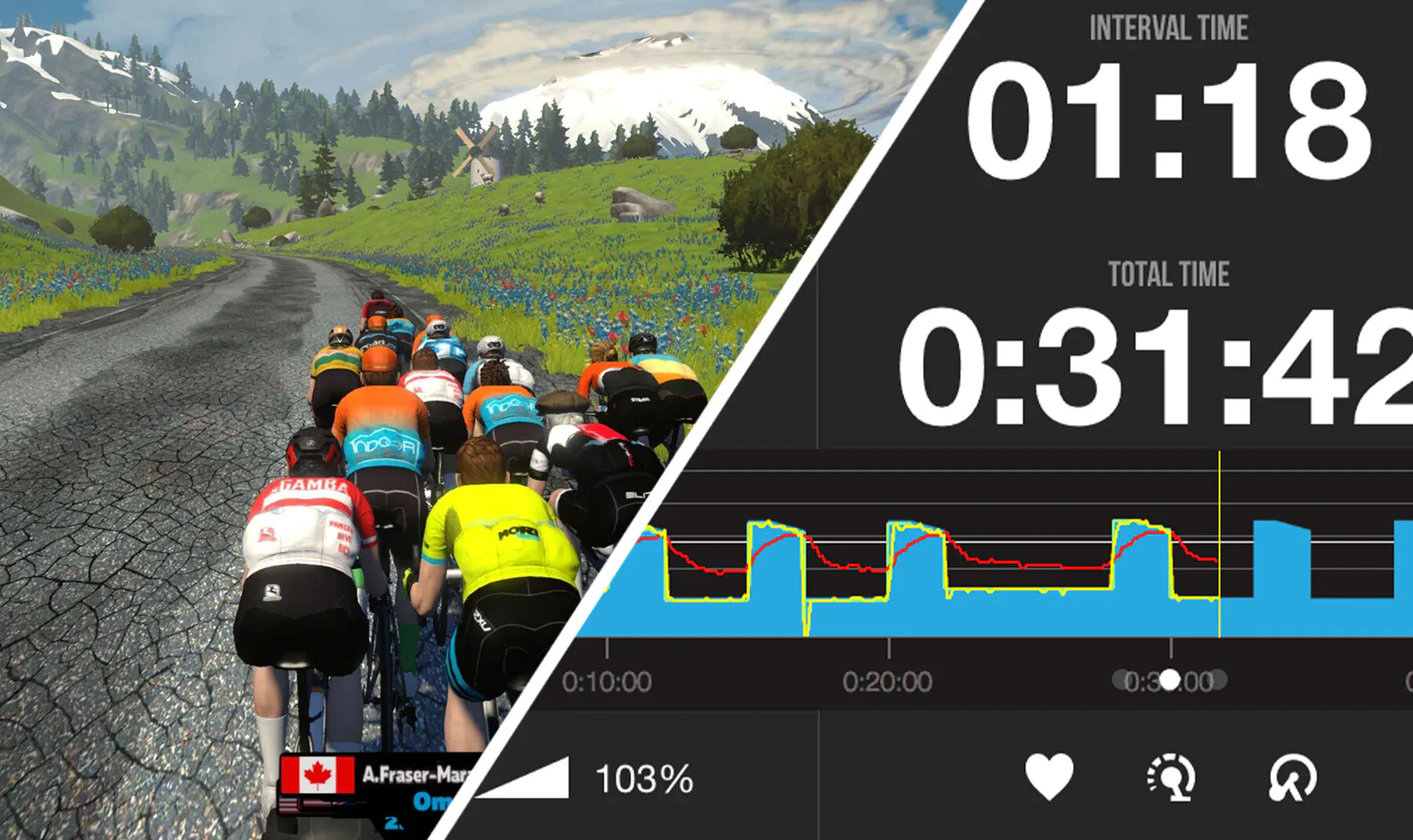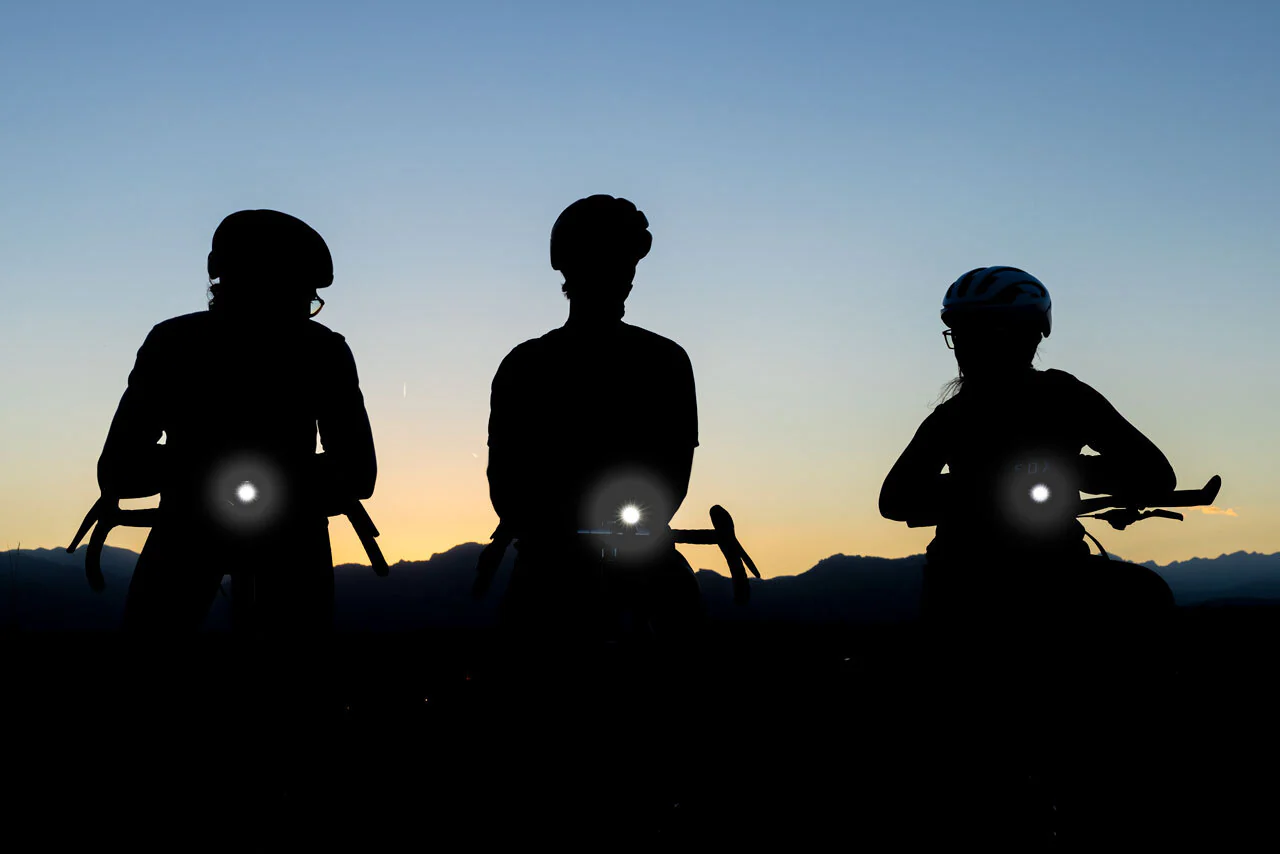Finding a great value in a bike is fun, and sometimes it is not that hard if you keep your ear to the tracks. But it’s like buying a pair of shoes: The value isn’t so great if what you buy doesn’t fit. How do you know that a triathlon bike you see for sale is built in a size and in a geometry that will fit you?
Take me for example. Am I a size 56cm? Size 54cm? Am I a medium or a large? Yes, to all the above. How can I say that? Because, in tri bikes, I’m a size medium in a Dimond Marquise, a size large in a Trek Speed Concept, a size 54cm in a Quintana Roo, and a size 56cm in a Felt; I’m a size M in Canyon and an L in Cervelo. Phew!
But here’s the kicker: All these bikes are, in fact, the same size.
Triathlon fit might seem complicated, but there are a few simple dimensions that will help you find the right bike.
I say this because all these bikes have a frame stack and reach of about 54cm and 42.5cm, respectively, with minor variations. You might ask whether these companies have any idea how to size bikes! Well, they do. Just not the same idea.
They all have a sound approach to making bikes, and they all have come up with a good geometry. They just call this geometry’s size run by different size names. In the case of Cervelo, the idea is: If you ride a 56cm road bike it may confuse you to be told you ride a 54cm Cervelo tri bike. If you ride a 56cm Cervelo, you’ll ride 56cm, tri or road (most likely); or you’ll ride a size large, depending on the model (Cervelo uses both T-shirt sizes and numerical sizes depending on the model).
Quintana Roo thinks that if you’re going to assign numbers to bike sizes those numbers should correspond to an actual measure on the bike. Remember, all these bikes that fit me, that I mentioned above, have a frame stack of 54 centimeters. So, for Quintana Roo, the bike size is whatever its frame stack is. It’s not alone in this. Cannondale is moving over to that same system, and its SystemSix bikes that have a 58cm stack are the 58cm size.
Notice something here? The companies that make frames with stack measurements throughout the size run of 54cm, 56cm, 58cm aren’t settling on those by accident. These are “design inputs,” which means these bike makers are using stack and reach (rather than top tube length) to name their bike sizes and design their bike sizes. Trek has done the same with its tri bikes. But I digress.

What are stack and reach?
Stack and reach are, simply, the rise and run from the bottom bracket center (where your cranks attach) to the top of the frame’s head tube, where the stem attaches. Stack and reach are the absolute measures of the bikes height and length, for fit purposes. If you have a bike now that fits you, and you want to get a new bike that also fits, then you’ll want one of two things: a bike with a fairly similar frame stack and reach; or a bike with an widely adjustable front end, so that you can “normalize” for the difference in your current frame geometry and the geometry of a bike that you admire.
But a lot of tri bike companies nowadays make it easier for you by creating a fit matrix that gives you a very granular prescription of the bike you need from them. Stack and reach are X and Y metrics, that is, height and length (rise and run). You can bypass a lot of calculating if you use that same measuring motif but, now it’s from the bottom bracket to the armrest. You just measure rise and run from the BB to the armrest, give that to the bike maker, and they’ll tell you what bike that is. for example, it’s a Speed Concept in size L, and they’ll tell you the stem length you need, how much in pedestals under the armrests and, presto, that’s it, that’s your size.
Above is a video from our lead instructor at our fit school, Ian Murray, where he shows you how to measure Pad stack and reach, which we actually prefer to call Pad Y and Pad X so as not to confuse terms. You should measure both to the rear of the pad, and to the center of the pad, because some companies you use Pad X to pad-rear, and some to pad-center (see the schematic higher above; it may help you to visualize all these dimensions). If you scroll down the page for Cervelo’s P3X, you’ll see it’s sizing scheme.
Below are a couple of screenshots from Cervelo’s page referenced just above; here are my own coordinates, from my existing tri bike, measured the way Ian describes in the video:

Above are the inputs. This is what I plugged into Cervelo’s online calculator, because I know my bike measurements. You can see the output that Cervelo gives me further below. As you see, I can fit on three of the four sizes in which this bike is made. Which do I choose? If I choose a size too small, there won’t be very much bike under me; it’ll be like riding a unicycle. Too large? It’ll be like riding a truck. Look where that red X is in that graph below. That X is about midway between the leading and trailing edge of the parallelogram showing that size’s fit range, which means I won’t need to pull the armrests way back of “neutral” or push them way out. And, the X is near the bottom of the parallelogram, which means I’ll have a little bit of adjustment under the armrests, in case I alter my current position and want to move my aero bars lower; but I’m not so high that I’m all armrest pedestal and no frame.
On the websites of all the important tri bike brands, you’ll see fit matrices of one sort or another that use this convention. However, we make it a little easier yet over on Slowtwitch.com, the site I publish. On our Reader Forum, we have a number of “fit assistance threads,” each brand-specific. Those discussion threads are manned by professional bike fitters whose job is simply to make sure you buy the right-sized Cervelo, Canyon (which Ian curates), Quintana Roo, as examples. The curators of those threads will walk you through the process, and this isn’t just for new bikes, it’s for a compelling deal you might find on The Pro’s Closet, and if it’s not one of those brands you’re looking for we’ll still help you!

If you're used to triathlon or TT bikes, finding the right road or gravel bike size can be just as easy. Just know this: Tri bike geometry has converged over the past decade. Most of the tri bike companies make one geometry per size, that is, the Canyon, Trek, Felt, Quintana Roo, Cervelo bike I want is pretty much available in the same geometry. Meanwhile, road bike geometries have diverged over the past decade. A Canyon Aeroad is a very different bike than a Canyon Endurace, in the way it fits. In fact, a Canyon Aeroad will fit very much like a Cannondale SystemSix, while a Canyon Endurance will fit nothing like an Aeroad, but quite like a Cannondale Synapse. How do I know this? I just look at the frame stack and reach of these bikes!
Because road bike front ends (stems and handlebars) are not nearly as variable and adjustable as the aero bar systems on most modern tri bikes, frame stack and reach will pretty much tell you a reliable story when it comes to road bike fit (stack and reach are listed on almost all the geometry charts of all new road, tri and gravel bikes). I’m a size 58cm in a Cannondale SystemSix, and that means I’m a size L in a Canyon Aeroad because they have almost identical stack and reach dimensions (58cm and 40cm respectively).
But tri bikes? On the newer bikes, especially if the front ends (stems, aero bars, pursuit bars) are fully integrated, frame stack and reach are helpful, but if the brand has a pad X and Y fit matrix for the model you’re looking for, then it’s easy as pie to know if a bike featured on The Pro’s Closet is going to fit you.

























